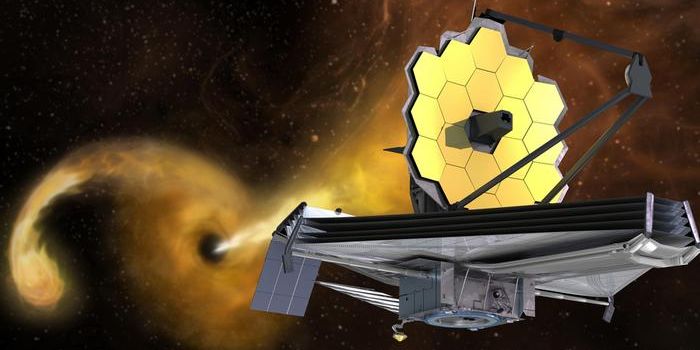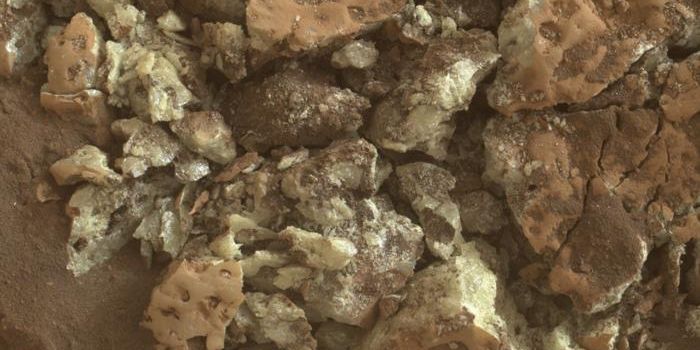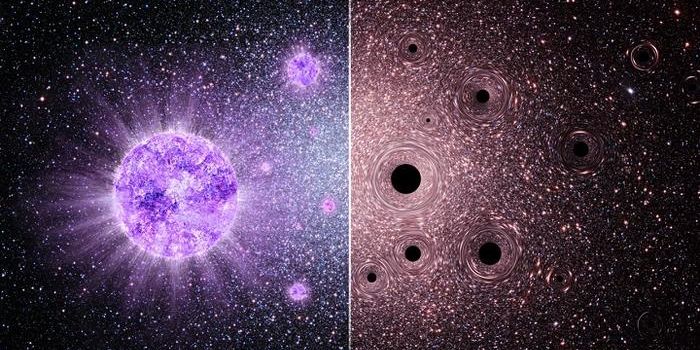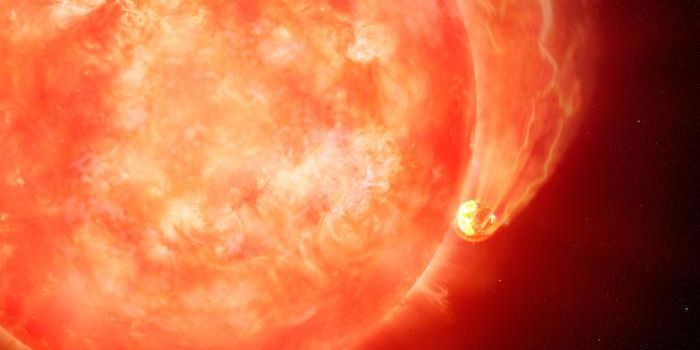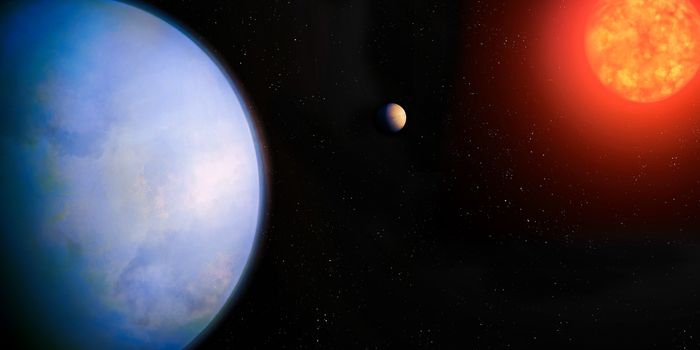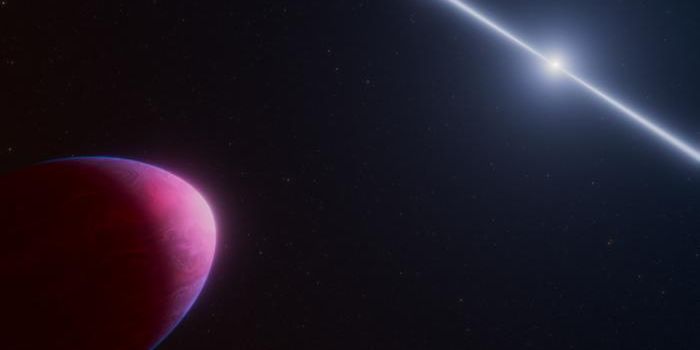Here's What the ESA's Rosetta-Philae Mission Taught Us About Comet 67P
Comet 67P has captivated the attention of astronomers for a very long time, and so it should come as no surprise to anyone that the European Space Agency (ESA) finally broke down and sent a spacecraft to the distant world in 2004 to learn more about it.
The aforementioned mission, dubbed Rosetta-Philae, finally arrived at comet 67P in 2014, and it was there that the spacecraft spent two years collecting information about the space rock. Much of that data is still being studied to this very day with the hope that we might uncover an important clue about this curious world’s existence.
When Rosetta-Philae arrived at 67P, we learned that it was a dual-lobed comet conjoined by a narrow ‘neck’ of hard material. Surface images have also revealed details that appear unlike anywhere else we know of in the solar system today, and they also revealed the existence of thousands of dust particles flying around in all directions.
Sadly, the mission didn’t reach its full potential because the Philae lander landed on the surface at an awkward angle, preventing it from gathering sunlight for power and conducting all the planned scientific research. Instead, mission scientists focused primarily on the Rosetta orbiter, studying the surface via photographs instead of physical samples.
In the end of the mission, Rosetta performed a controlled crash landing on 67P's surface, capturing last-second data in the process.

